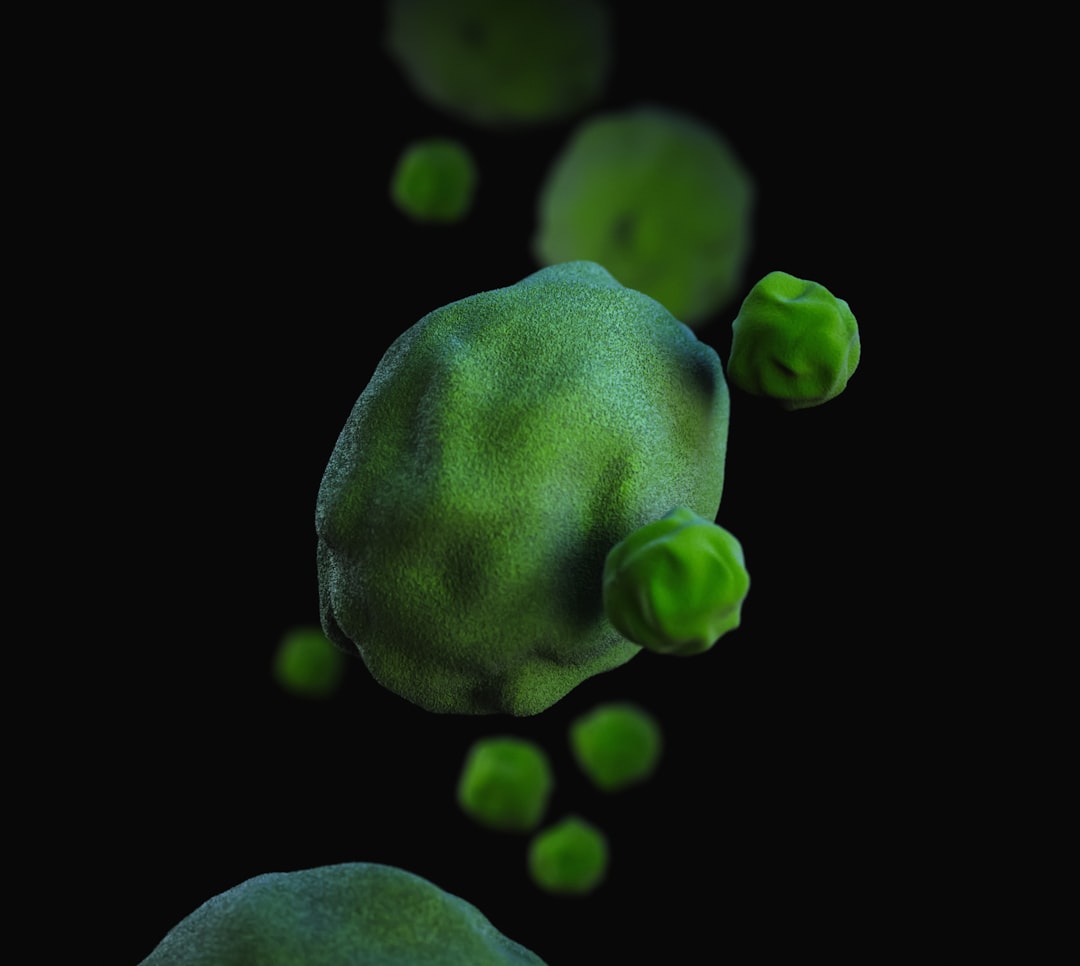Septic tanks are an essential part of many homes and businesses, providing a safe and efficient way to dispose of wastewater. However, many people are unaware of the crucial role that bacteria play in the functioning of septic systems. In this article, we will explore the importance of bacteria in septic tanks and why they are added.
What are septic bacteria?

by CDC (https://unsplash.com/@cdc)
Septic bacteria are microorganisms that are naturally present in the human digestive system. These bacteria are responsible for breaking down and digesting waste, making them an essential part of the septic system. When added to a septic tank, these bacteria help to break down solid waste and keep the system functioning properly.
Importance of bacteria in septic tanks
The primary function of bacteria in septic tanks is to break down solid waste. When wastewater enters the septic tank, it is separated into three layers: scum, effluent, and sludge. The bacteria present in the tank work to break down the solid waste, converting it into liquid effluent. This effluent is then released into the drain field, where it is further treated by the soil.
Without the presence of bacteria, the solid waste in the septic tank would build up and cause clogs and backups. This can lead to costly repairs and potential health hazards. Bacteria also help to maintain the balance of the septic tank, preventing the growth of harmful bacteria and keeping the system functioning efficiently.
Why are bacteria added to septic tanks?
While septic bacteria are naturally present in the human digestive system, they may not be present in sufficient quantities in a septic tank. This is especially true for newer septic systems or those that have been recently pumped. In these cases, adding bacteria to the septic tank can help to jumpstart the digestion process and keep the system functioning properly.
Additionally, certain factors can disrupt the balance of bacteria in a septic tank. These include the use of harsh chemicals, excessive water usage, and the introduction of non-biodegradable materials into the system. In these cases, adding bacteria can help to restore the balance and prevent potential issues.
Types of bacteria used in septic tanks

by Rose Galloway Green (https://unsplash.com/@rgreen)
There are two main types of bacteria used in septic tanks: aerobic and anaerobic. Aerobic bacteria require oxygen to survive and are typically used in newer septic systems or those with aeration systems. Anaerobic bacteria, on the other hand, do not require oxygen and are commonly used in traditional septic systems.
It is important to note that not all bacteria products are created equal. When choosing a bacteria product for your septic tank, be sure to look for one that is specifically designed for septic systems and contains a variety of beneficial bacteria strains.
In conclusion, bacteria play a crucial role in the functioning of septic tanks. They help to break down solid waste, maintain the balance of the system, and prevent potential issues. By understanding the importance of bacteria in septic tanks and choosing the right bacteria product, you can ensure the longevity and efficiency of your septic system.
